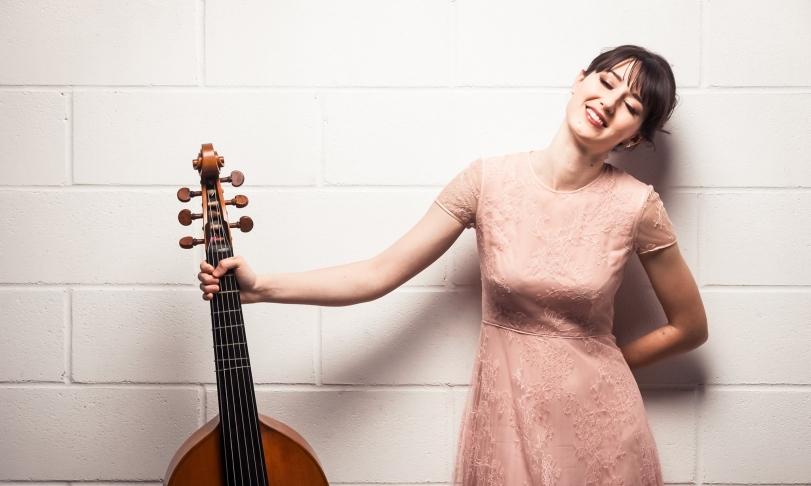
Similar to the minnesingers of the Middle Ages, barytonists moved from court to court in the 18th century to present the very special sound of their stringed instrument, which comprises both bowed and finger-plucked strings, to the fascinating listening and watching audience of the aristocracy. The unique appearance of the baryton in the form of a viola da gamba with a window in its slender neck, through which the plucked strings are actuated parallel to the strings on the front of the neck, was one of the attractions of this instrument, which demands a great deal of twisting from the player in order to make it sound to its full extent with the strings plucked by the finger of one hand and bowed by the other. Decisive for the character of the sound is its instrumentation with gut playing strings and metal resonating strings stretched underneath, an instrumentation that makes the baryton a relative of the viola d'amore and the hardanger fiddle, which inter alia celebrates happy origins in folk music groups of our time. If the untuned resonance strings are not plucked through the chest from behind, so to speak, they sound stimulated by the playing strings in resonance, with the result that the baryton, supported like a cello by a spike on the ground, sounds more harmonically expansive than its immediate relative, the viola da gamba, from which it is derived.
Always on the lookout for the special something that distinguished his court from other European courts, Prince Nikolaus Esterházy usurped the baryton for his own court by not only letting famous players pass through, but hiring them, and by persuading his house and court composer Joseph Haydn to dedicate numerous compositions to the baryton. Haydn's compositions around the baryton amount to no less than 175 works, including 126 trios for baryton, viola and cello, of which three trios can be heard on the album Maddalena and the Prince with Maddalena Del Gobbo as barytonist, Robert Bauerstatter on viola and David Pennetzdorfer on cello. The album, whose title refers to the Brayton player and to Prince Esterházy, also features works by Andreas Lidl, Franz Xaver Hammer and Aloisio Luigi Tomasini from the trio assembled here, all of which were connected to the court of the Hungarian prince, or practically served there in the Haydn-led orchestra. But also, the Prince himself was highly active on the baryton and thus deserved to be mentioned in the title of the current album dedicated to the baryton.
In the 19th century, the baryton more or less fell into oblivion because of the changed aesthetics of sound, and in the 20th century, it was celebrated together with the original sound movement. Maddalena Del Gobbo, who is a cellist by training, but who prefers the viola da gamba to the cello, feels attracted to this dinosaur because of its noble and equally charming sound, but not least because of its heart-warming baroque appearance, and enjoyed the fact that the recordings took place in the Palace of the Hungarian Princes in Eisenstadt. Acoustically, the princely location contributes to the fact that the trio's playing, which in the work of Franz Xaver Hammer is extended by a harpsichord played by Ewald Donhoffer, always remains transparent, but at the same time lends the baryton, which tends to hoarseness, a pleasant warmth. The works presented on Maddalena and the Prince, excellently interpreted and incorporating the exotic Baryton sound, above all Haydn's three trios, show the highest mastery and make it clear that "the Prince" had usurped the baryton as a house and court instrument.
Maddalena Del Gobbo, baritone, viola da gamba
Robert Bauerstatter, viola
David Pennetzdorfer, cello
Ewald Donhoffer, harpsichord (Tracks 7–11)










